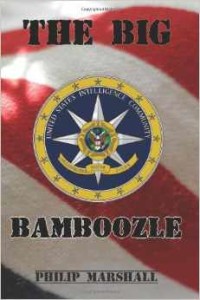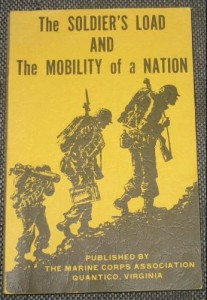
From the perspective of a Boeing 767 captain and former “special activities” contract pilot, Philip Marshall straps the reader into the cockpits of hijacked commercial airliners to tell the story of the most sophisticated terrorist attack in history. Based on a comprehensive ten-year study into the murders of his fellow pilots on 9/11, he explains how hijackers, novice pilots at the controls of massive guided missiles, were able to beat United States Air Force fighters to iconic targets with advanced maneuvering, daring speeds and a kamikaze finish. But, as Marshall explains, the tactical plan was so precise that it rules out car-bombers and shoe-bombers known as al Qaeda, KSM and Osama bin Laden. So then, who was it? That's what you are about learn. Backed by official NTSB, FAA and black box recordings, Marshall finds the most capable and most documented group of conspirators buried deep within a Congressional Inquiry's report and retraces their work in gripping detail. Fasten your seatbelt— the sad truth is that all of the solid evidence points to a dark collaboration between members of the Bush Administration and a covert group of Saudi government officials. This is a game changer that will finally set the record straight on the most horrific crime in US history. This book is a compilation of official reports that disputes the Bush Administration, the Bush Intelligence Community and the American media's account of the 9/11 attack. United States Senator Bob Graham's Congressional Joint Inquiry in 2002 revealed that Saudi Arabian Intelligence agents met the 9/11 hijackers in the Los Angeles in January of 2000, harbored them and led them to 18 months of flight training in Florida and Arizona. Marshall follows reports from FBI field agents that warned George W. Bush's Administration that a “cadre of individuals of investigative interest were engaged in flight training” in the Arizona desert in the spring of 2001. Marshall identifies three top federal investigators who complained that Dick Cheney obstructed justice by refusing access to suspects who supposedly confessed to the greatest crime in U.S. history. None of the federal investigators were ever allowed to verify the confession of Khalid Sheik Mohammed who had been water boarded over 180 times at Guantanamo detention facility. The book disputes the video and media confession of Osama bin Laden and points out that none of the accusations by the Bush Administration could be proved. Marshall asserts that the Saudi government was the true executioners of the 9/11 attack and framed their enemies while CIA special operations set up an elaborate decoy named Osama bin Laden to divert attention away from the Saudi operation. He follows the hijackers to flight training airports and finds that Saudi agents led the hijackers to the Arizona desert where Boeing 757 and Boeing 767 airliners were parked at a secluded CIA operated airport. The operators of the CIA airport were traced to suspicious insider stock trades on two airlines, United Airlines and American Airlines, the only two airlines used in the 9/11 attack. Marshall breaks down the tactical flight plan that was used by the hijackers and chronicles the actions of Condoleezza Rice, Donald Rumsfeld, Saudi Arabian Prince Bandar bin Sultan, Dick Cheney and George W. Bsuh to learn that their account of the attack was severely flawed. Three top investigators wrote that Dick Cheney had obstructed the investigation and redacted the involvement of the Saudi government agents who were employed in California by the Saudi Civil Aviation authority. The Congressional Inquiry reported that the Saudi agents had “seemingly unlimited funding from Saudi Arabia” and had traced the hijacker financial support to Prince Bandar through a Riggs Bank account. Finally Marshall chronicles the media trial that allowed Bush and Cheney to derail American Justice by trying the 9/11 case with media propaganda and away from the American federal court system.
UPDATE 26 April 2014: YouTube (1:22:26) Unthinkable: An Airline Captain's Story






